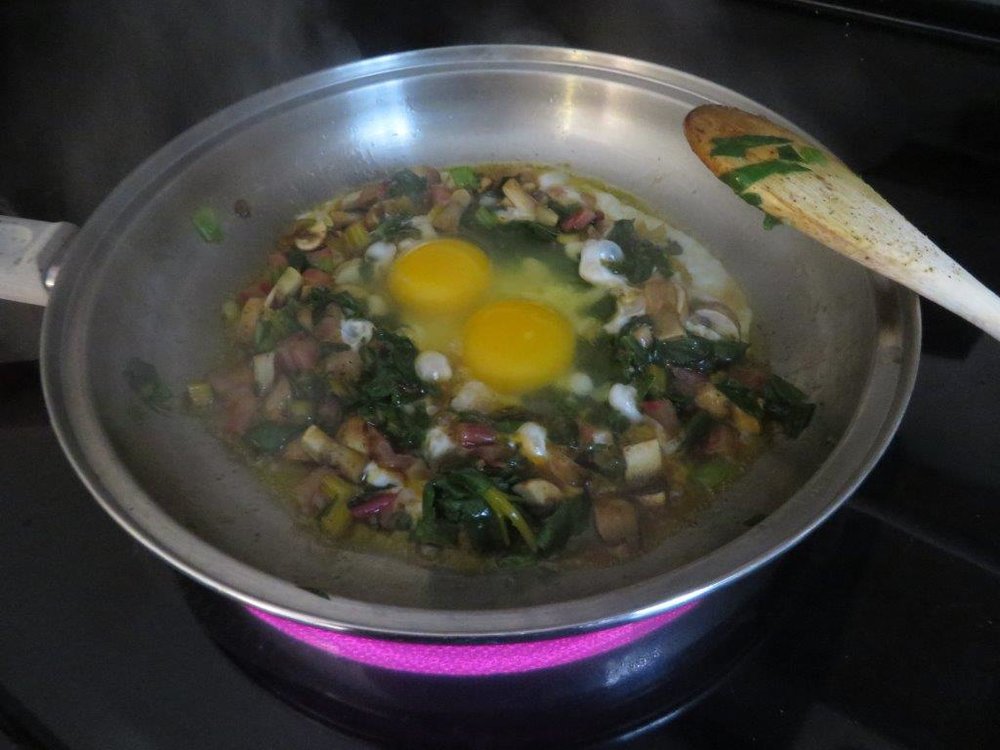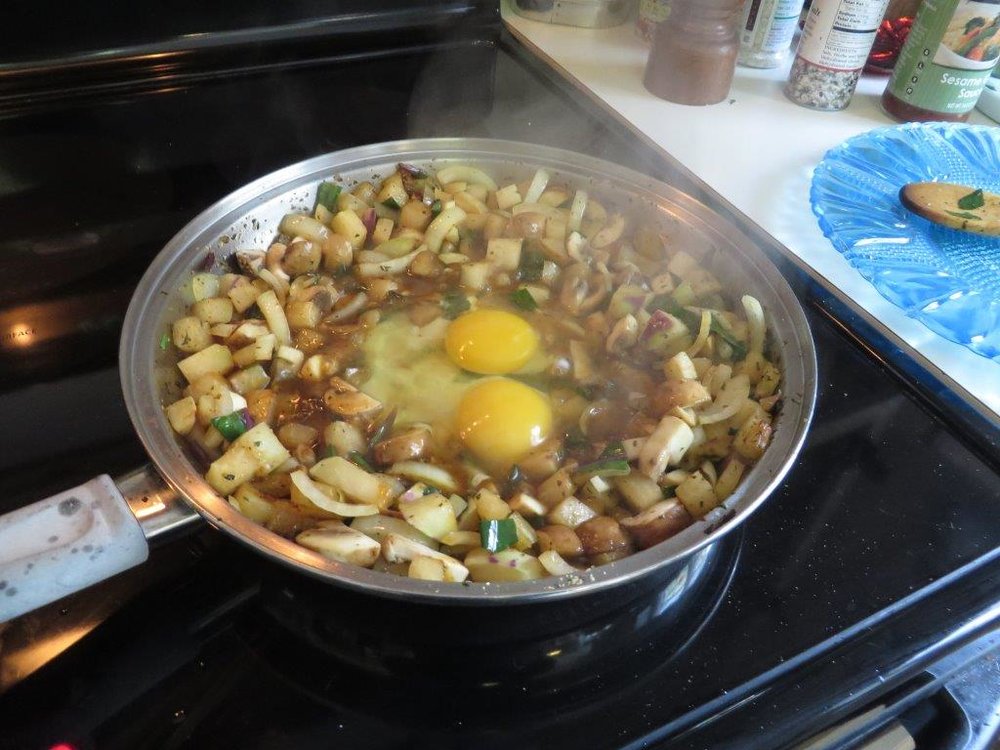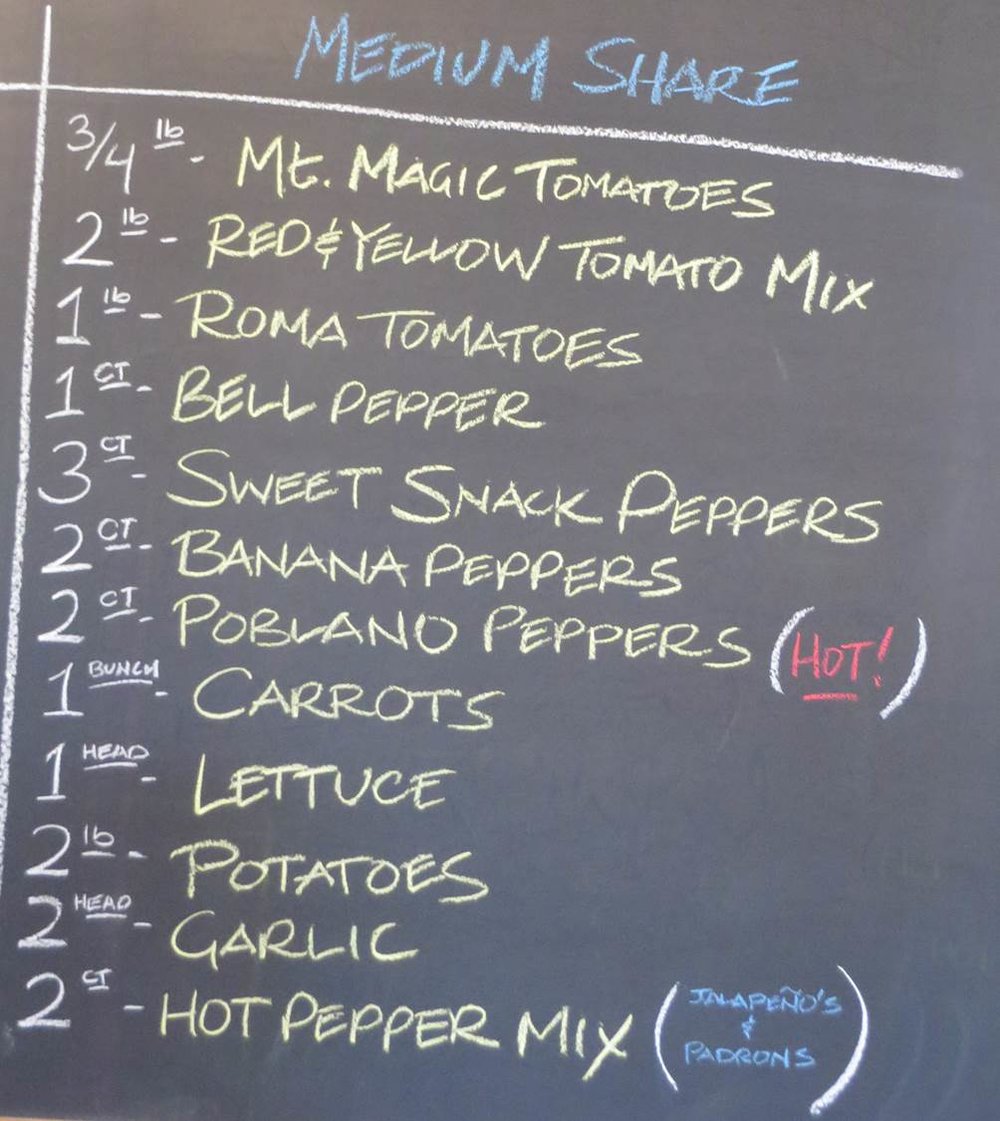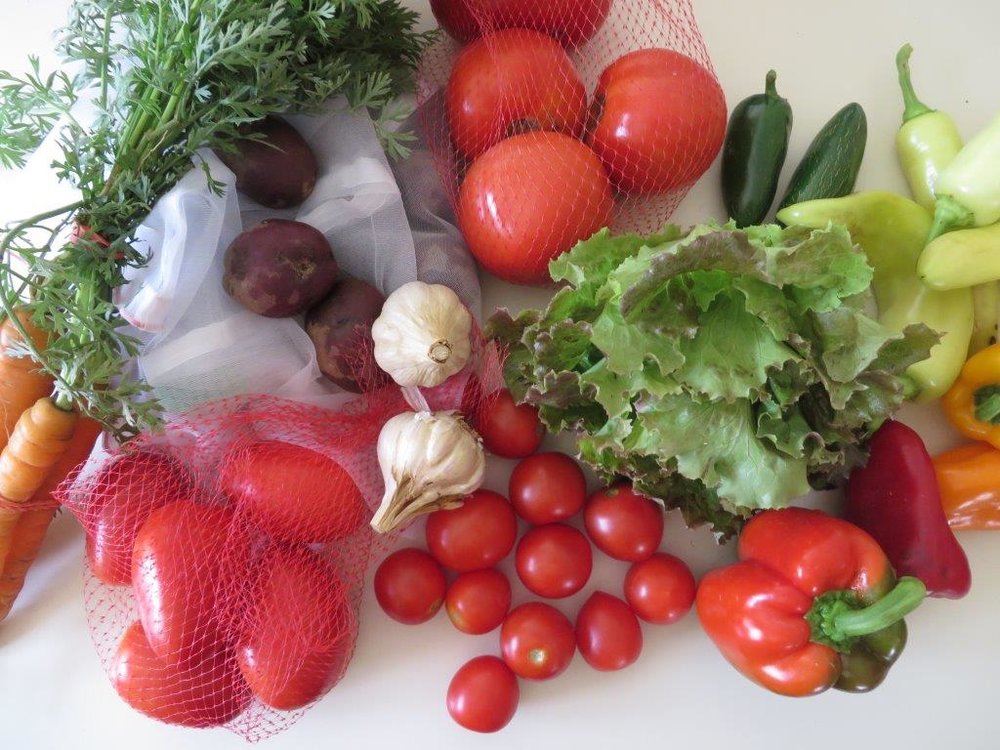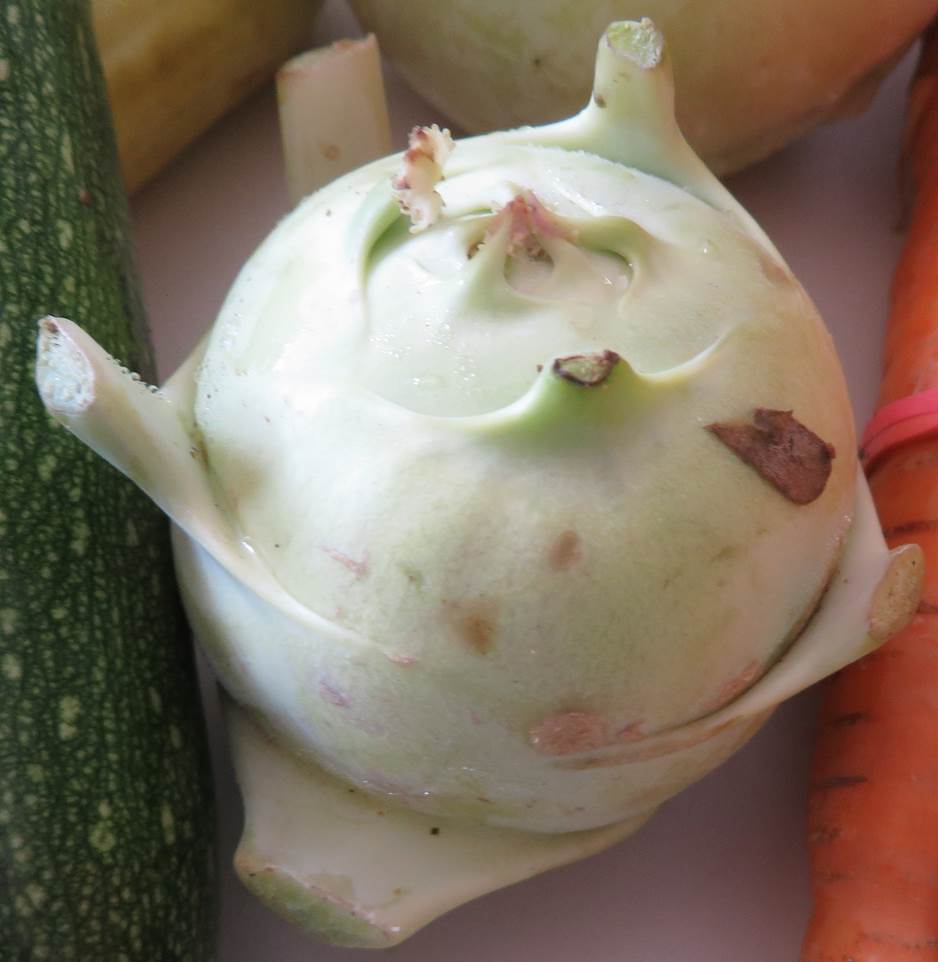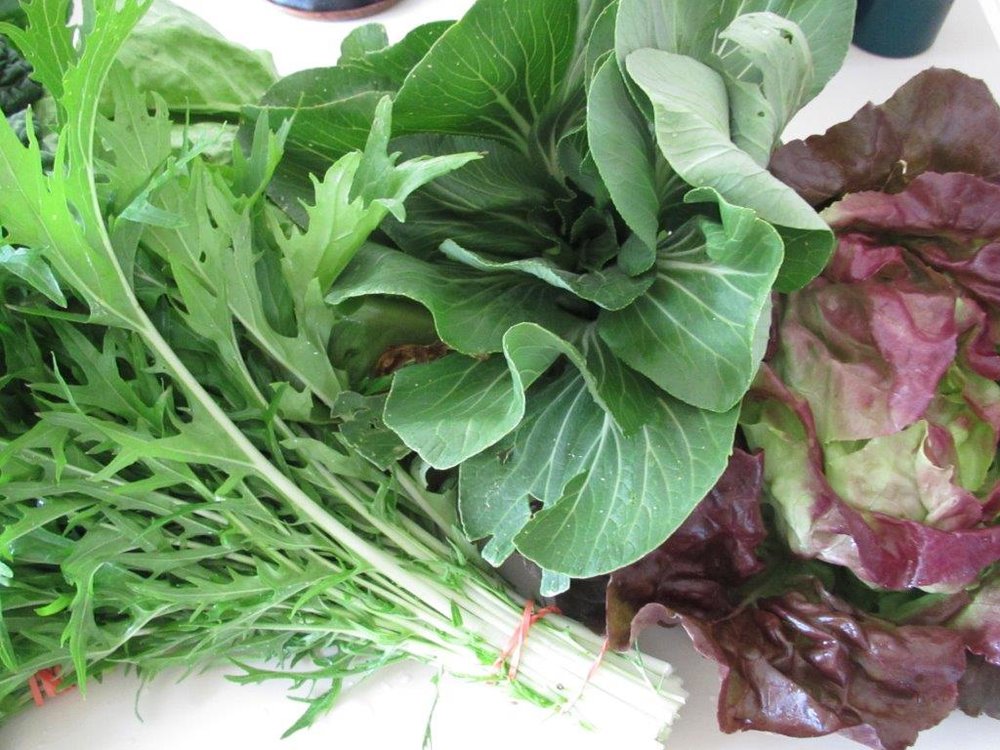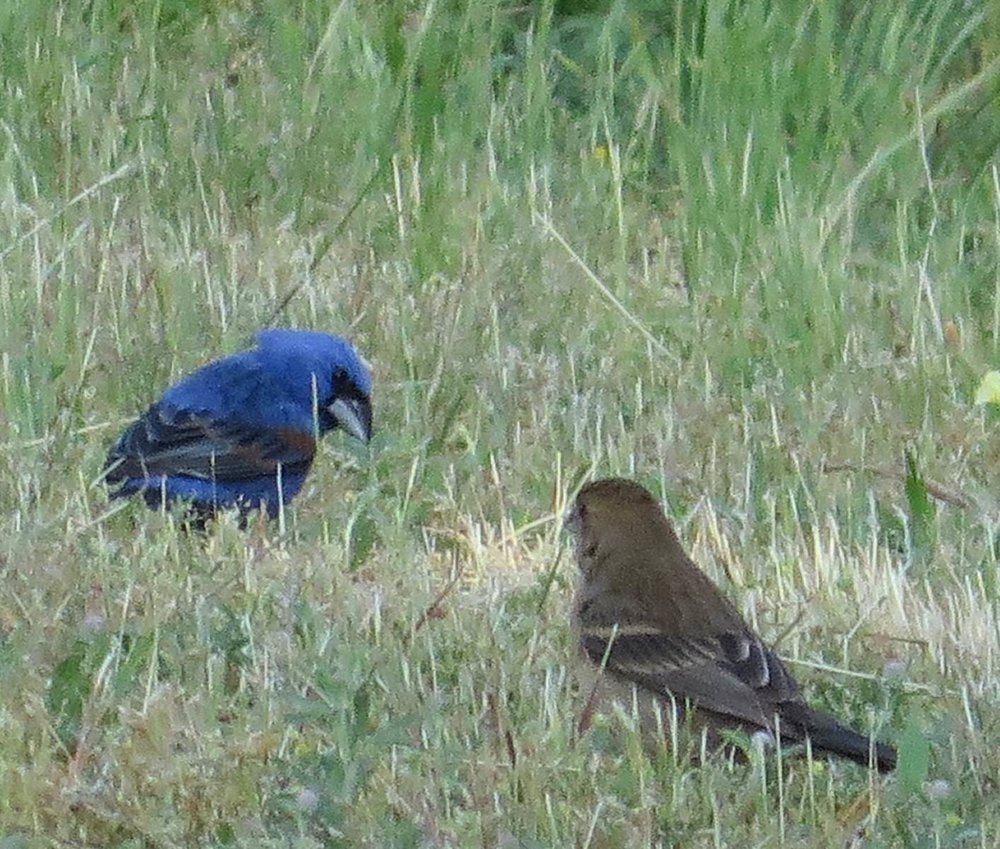After the CSA
/The withdrawal from the weekly CSA share has not been as abrupt as I anticipated. There are still some items in the freezer:
- Fruit beety
- Parley ice cubes
- Romaine lettuce broth
Kale chips are in a container on the counter.
Butternut squash, garlic, and sweet potatoes are in a bowl on the dining room table (we rarely use the room - so it a good room for a center piece of veggies that don’t need refrigeration.
I bought more produce at the grocery store. The strategy is not well developed yet although I will continue to eat more vegetables than I did before the CSA experience. The first week post-CSA, I bought carrots, celery, cabbage, new potatoes, and colorful bell peppers at the grocery store. I have a bag of cleaned and cut kale in the freezer from a previous week to use in soups and stir fries.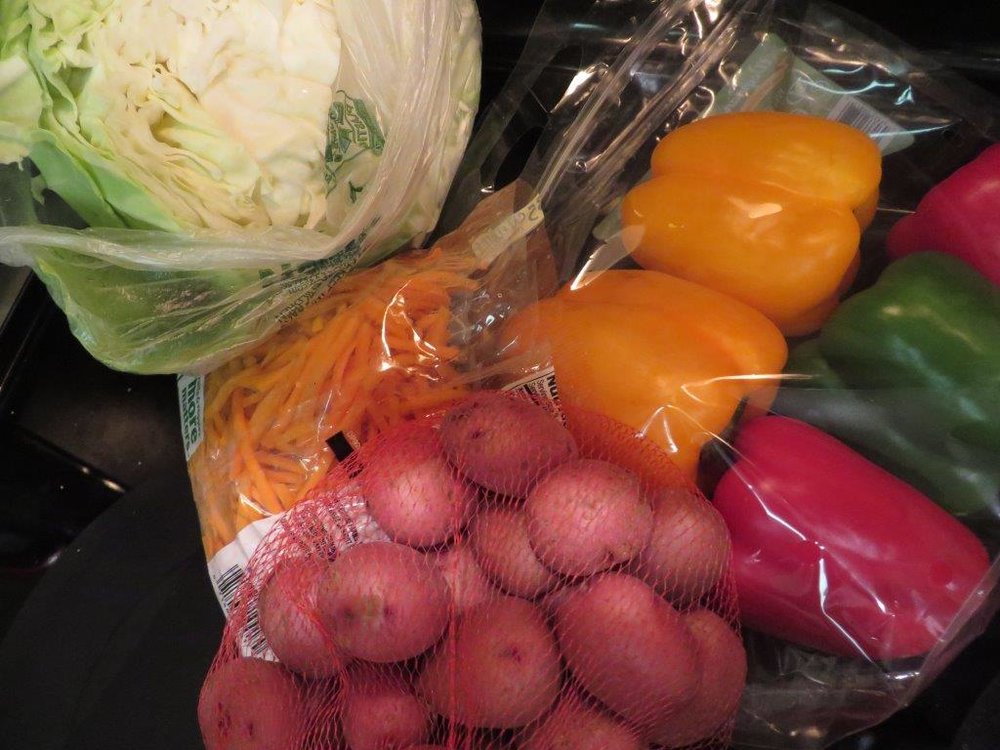
How will I sustain the variety that the CSA prompted? Here are my initial ideas:
- Intentionally - buy at least one different veggie than was purchased the week before.
- Look at the display of organic veggies and pick one (maybe using some ‘rule’ like least expensive for the nutrition value, new to me, or not purchased recently).
- Make sure the mix of soluble/insoluble fiber veggies are relatively balanced in my purchases.
- Pick a recipe from a vegetarian cook book and buy whatever it requires
In cool/cold weather I prefer soup rather than salad. That means I’ll be looking for leafy greens that go well in soups rather than lettuces that are mostly water….and canned tomatoes work as well as fresh ones.
I'm sure my challenge to keep the variety and amount of veggies in my diet is just beginning. The grocery store has the selection - but I have to choose!

